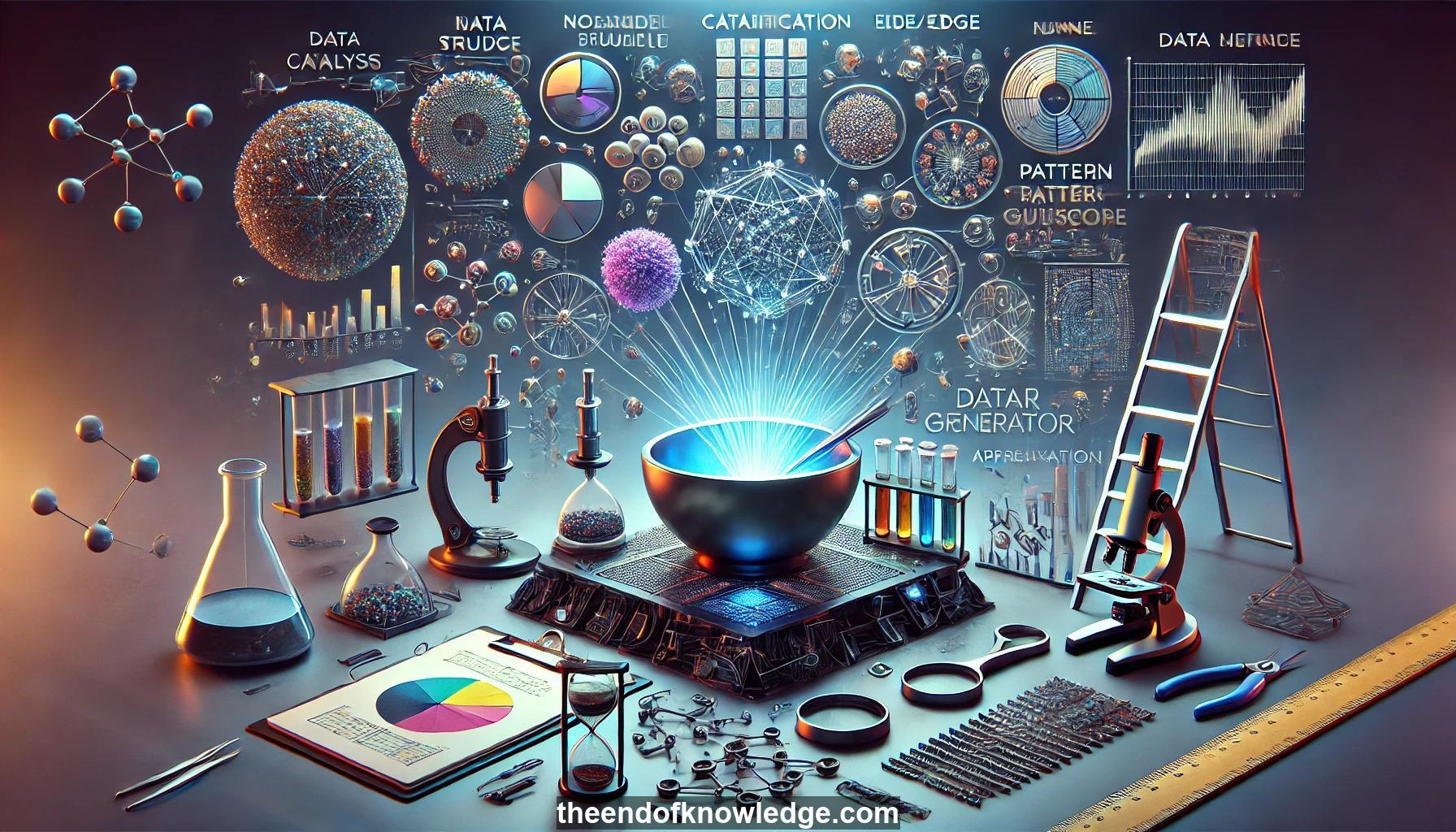 >
>
Concept Graph & Resume using Claude 3.5 Sonnet | Chat GPT4o | Llama 3:
Resume:
1.- G-Mixup: A graph data augmentation method that interpolates graphons (graph generators) of different graph classes to create synthetic graphs for training.
2.- Graphon: A continuous function representing the limiting behavior of large graphs, used as a graph generator.
3.- Graph classification: The task of assigning class labels to entire graphs rather than individual nodes.
4.- Graph neural networks (GNNs): Deep learning models designed to process graph-structured data.
5.- Data augmentation: Techniques to artificially increase training data size and diversity to improve model performance and generalization.
6.- Homomorphism density: A measure of the frequency of subgraph patterns in a graph or graphon.
7.- Discriminative motif: The minimal subgraph structure that can determine a graph's class label.
8.- Cut norm: A measure used to quantify the structural similarity between graphons.
9.- Step function: A piecewise constant function used to approximate graphons in practice.
10.- Graph generation: The process of creating synthetic graphs from a graphon or other generative model.
11.- Manifold intrusion: An issue in mixup methods where synthetic examples conflict with original training data labels.
12.- Model robustness: The ability of a model to maintain performance under various perturbations or corruptions of input data.
13.- Node/edge perturbation: Graph augmentation techniques that modify node or edge properties of existing graphs.
14.- Subgraph sampling: A graph augmentation method that extracts subgraphs from larger graph structures.
15.- Graphon estimation: Techniques to infer the underlying graphon from observed graph data.
16.- Weak regularity lemma: A theorem guaranteeing that graphons can be well-approximated by step functions.
17.- Stochastic block model: A probabilistic model for generating random graphs with community structure.
18.- Graph pooling: Methods to aggregate node-level features into graph-level representations for classification tasks.
19.- Mixup: A data augmentation technique that linearly interpolates features and labels between training examples.
20.- Label corruption: A robustness test where a portion of training labels are randomly changed.
21.- Topology corruption: A robustness test where graph structure (edges) is randomly modified.
22.- Open Graph Benchmark (OGB): A collection of benchmark datasets for various graph machine learning tasks.
23.- Molecular property prediction: A graph classification task to predict properties of molecules represented as graphs.
24.- Graph isomorphism: The concept of structural equivalence between graphs, relevant for designing GNN architectures.
25.- Batch normalization: A technique to stabilize neural network training by normalizing layer inputs.
26.- Dropout: A regularization technique that randomly deactivates neural network units during training.
27.- Adam optimizer: A popular optimization algorithm for training neural networks.
28.- Area Under Receiver Operating Characteristic (AUROC): A performance metric for binary classification tasks.
29.- Statistical significance: The use of p-values to determine if observed results are likely due to chance.
30.- Hyperparameter sensitivity: Analysis of how model performance changes with different hyperparameter values.
Knowledge Vault built byDavid Vivancos 2024